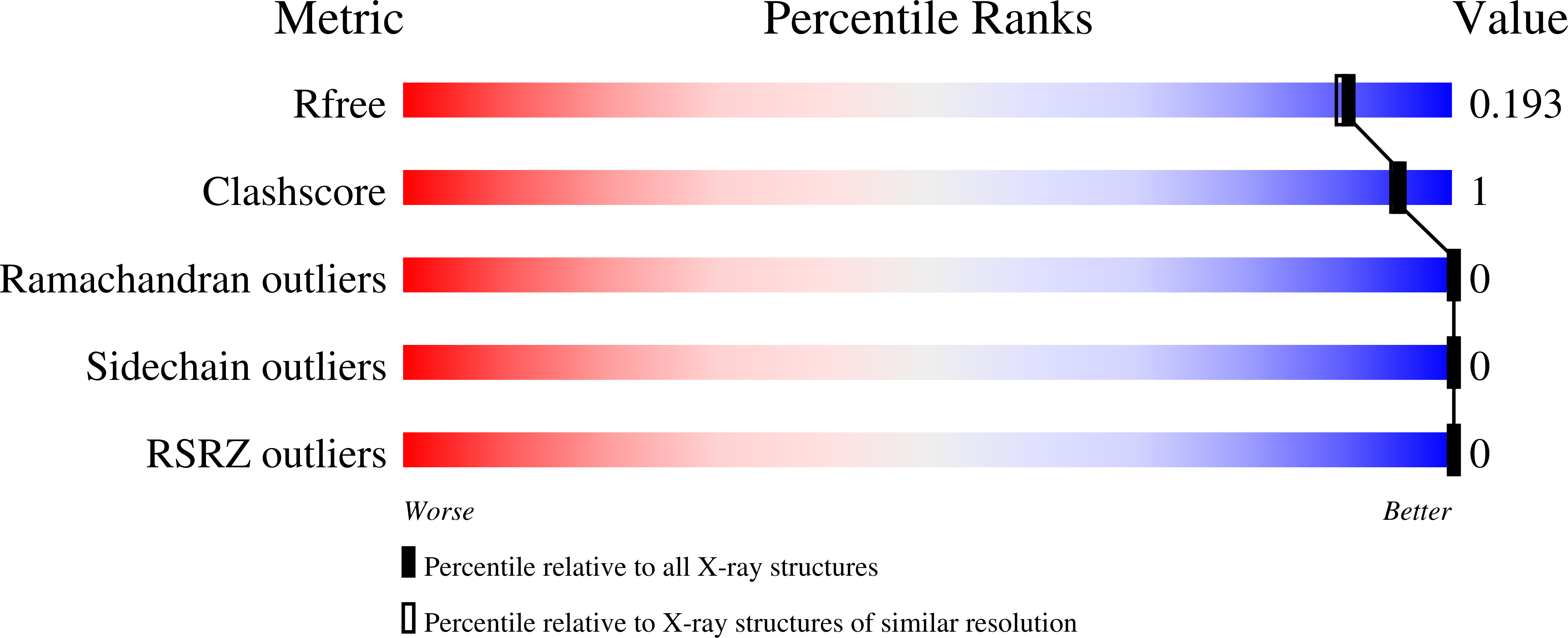
Deposition Date
2014-09-18
Release Date
2015-10-14
Last Version Date
2023-09-27
Entry Detail
PDB ID:
4WGJ
Keywords:
Title:
Crystal Structure of BepC protein (VirB-translocated Bartonella effector protein) with bound AMPPNP from Bartonella tribocorum
Biological Source:
Source Organism:
Bartonella tribocorum (Taxon ID: 382640)
Host Organism:
Method Details:
Experimental Method:
Resolution:
1.70 Å
R-Value Free:
0.19
R-Value Work:
0.16
R-Value Observed:
0.16
Space Group:
P 21 21 2


